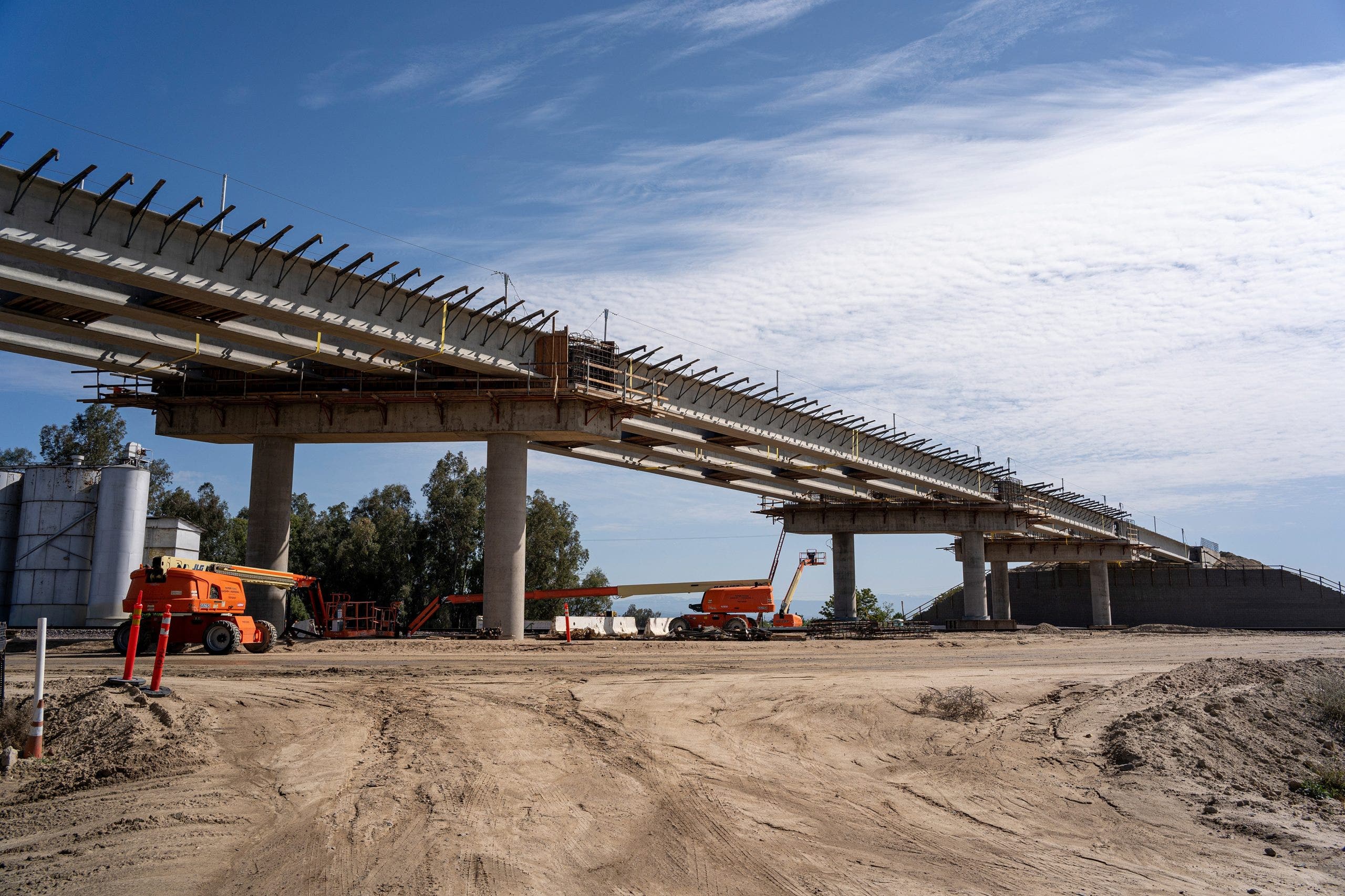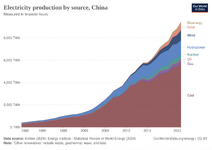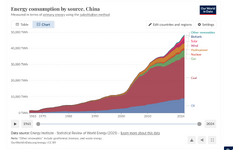The problem with HSR America is not so much how fast the train can go, but the first and last mile(s). In the States, cities and population are pretty spread out.
You have to arrange transportation from your home to the station, park the car, deal with an Uber, etc. Gots to show up at the station somewhat in advance to avoid missing it. Then the train takes two or three hours to go north. Then at that station, gots to again get ground transport (friend, rental car, uber, etc). Second ground hassle might be an hour or two.
So total it up: 2hr get to station. 3hr in train. 2hrs station to destination. 7hrs total. Plus all the associated costs (Uber, parking, train ticket, rental car, etc)
Or you can drive your own car. 6.5hr total and your car shows up WITH YOU, with what ever crap you want to throw in it. Cost about 60bucks for fuel, some wear and tear on the car. Get to listen to what you want, no crowds.
When I traveled a lot, my threshold was about 12hr drive. More than that, consider flying. Consider... 12hr, I would probably drive.
Also, what does HSR have as advantage over flying for that route?? Riddle me that!! Commercial air travel is roughly 50mpg on a per seat basis (varies a lot). That is pretty hard to beat.
BooooooonDoooogle.

 www.foxbusiness.com
www.foxbusiness.com



